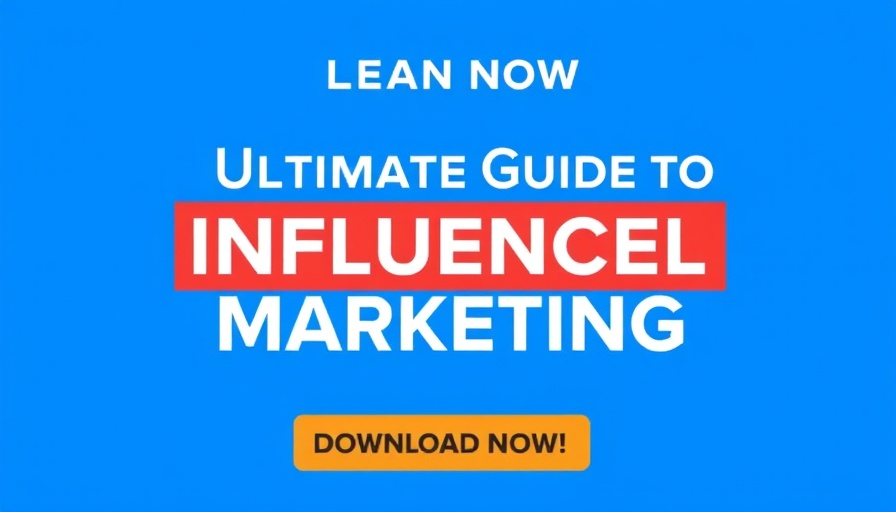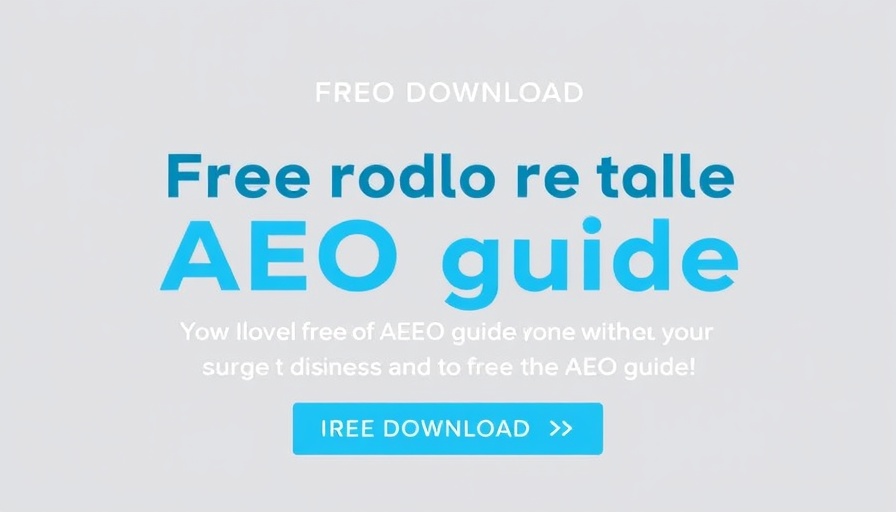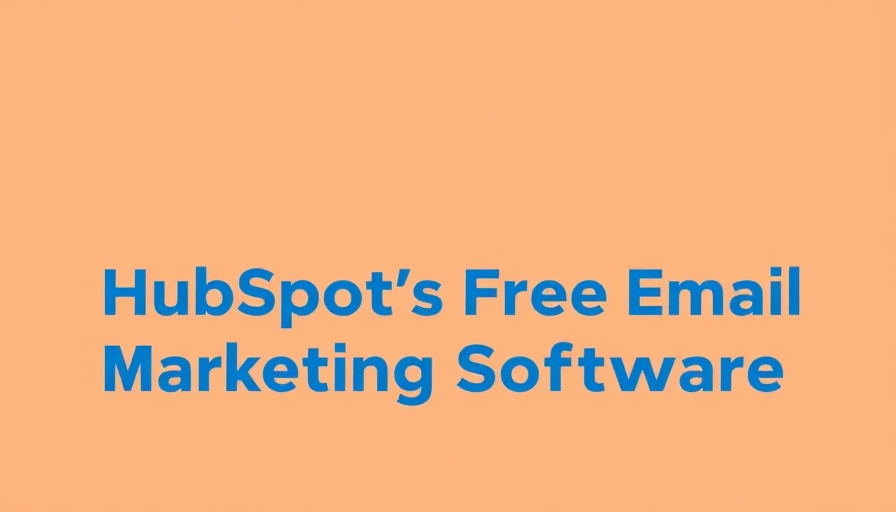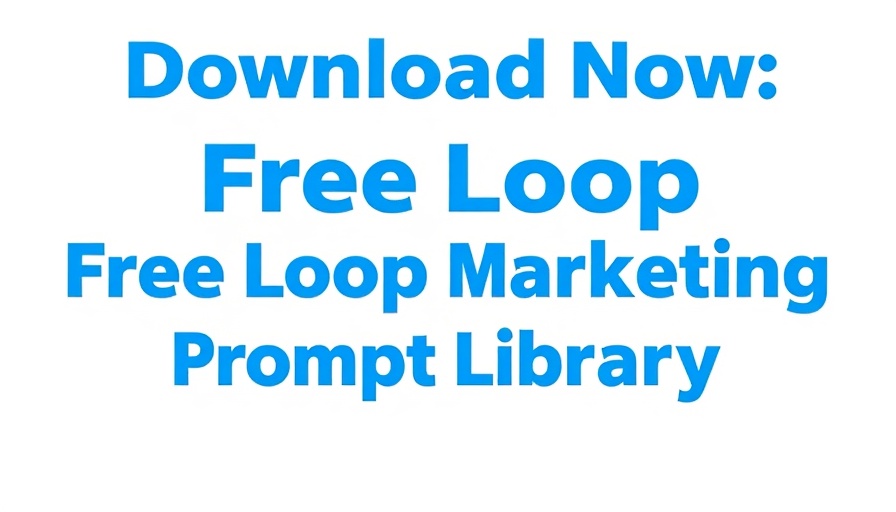
Owning Your Story in the Spotlight: The New Narrative of Divorce
In today’s hyper-connected world, where social media reigns supreme, the personal stories of individuals—especially those in the limelight—are subject to public scrutiny. For influencers, this reality can be both a blessing and a curse. The tale of a 28-year-old influencer who shared her journey from marriage to divorce resonated with millions, yet also illuminated the challenges that come with being so authentically exposed.
Married at 28 and facing a divorce at just 29, the influencer decided to flips the narrative — not by hiding the pain, but by sharing it. This decision to go public became a rallying point for many who are navigating similar problems, turning an intimate struggle into a broader dialogue about authenticity, resilience, and recovery. Through her TikTok series “Married at 28. Divorcing at 29,” she transformed her personal heartbreak into an inspirational narrative.
The Challenge of Authenticity
Choosing to go public wasn’t an easy path. Silence may have felt like the safest option after such a monumental life change, yet for many influencers, maintaining authenticity is key to securing brand partnerships and audience engagement. Just as the influencer realized, many effective brands today thrive on genuine storytelling. In partnership with the skincare brand OSEA, she blended her personal narrative with marketing efforts under the tagline “Glowing Through Divorce.” This collaboration exemplifies a unique aspect of modern marketing—integrating one’s personal journey into brand promotion, creating depth and relatability.
Influence and the Role of Community
The response to her story has been overwhelmingly positive, with tens of thousands reaching out to express gratitude and share their own experiences of emotional trauma. This speaks volumes about the power of community in times of personal crises. Sharing stories doesn't just serve to heal the individual; it ignites conversations and fosters connections among people who felt isolated in their own struggles. Many women, and even men, recognize their own experiences in her words, finding comfort and courage to seek change.
Digital Assets and Relationships
However, the rise of influencers and digital storytelling raises intricate issues, especially during life transitions like divorce. As societal norms evolve, so do the legal challenges; online assets such as social media accounts and partnerships have become contested ground. Prior to a widely publicized divorce, a content creator may find themselves, as reported, navigating joint accounts, monetized platforms, and the very nature of their brand. Legal experts recommend engaging with family law attorneys who understand these nuances, ensuring that digital assets are correctly assessed and protected during divorce proceedings.
Valuating the Emotional Toll
The emotional impact of divorce extends beyond personal grief; it can affect professional relationships as well, particularly for those in the spotlight. Many influencers feel pressured to maintain a curated persona even amid chaos, which can complicate mental health and well-being. This was echoed in discussions around emotional support for creators throughout their journey of self-rediscovery. Holistic approaches include digital hygiene practices and at times reducing or refining their online presence, ensuring personal life transitions do not overshadow their brand.
Looking Ahead: Choosing Transparency
As the landscape of digital influence continues to evolve, the relationship between authenticity and monetization will likely remain a topic of exploration. As seen with other influencers, transparent sharing can lead to deeper audience connections and potentially more lucrative brand collaborations. Financial settlements during divorce can also find themselves impacted by digital assets, showcasing a need for influencers to actively shape how their stories—both good and bad—are told and how they can use them to foster connection and empathy.
For modern influencers, sharing real and raw narratives not only helps reclaim their power but also positions them as beacons of resilience for others. As audiences continue to seek genuine connections and storytelling, influencers who embrace vulnerability as part of their narrative can create bridges to their followers that yield opportunities, healing, and shared growth.
Ultimately, this influencer's story serves as a poignant reminder: we own our narratives, even those filled with hardship, and in doing so, we can inspire, inform, and perhaps even guide others through their own trials.
Take Action: Whether you're an influencer or a marketer, consider how you can own your narrative authentically and use it to engage your audience. Don’t shy away from sharing your challenges; they may resonate deeply and foster connections you never expected.
 Add Row
Add Row  Add
Add 




Write A Comment